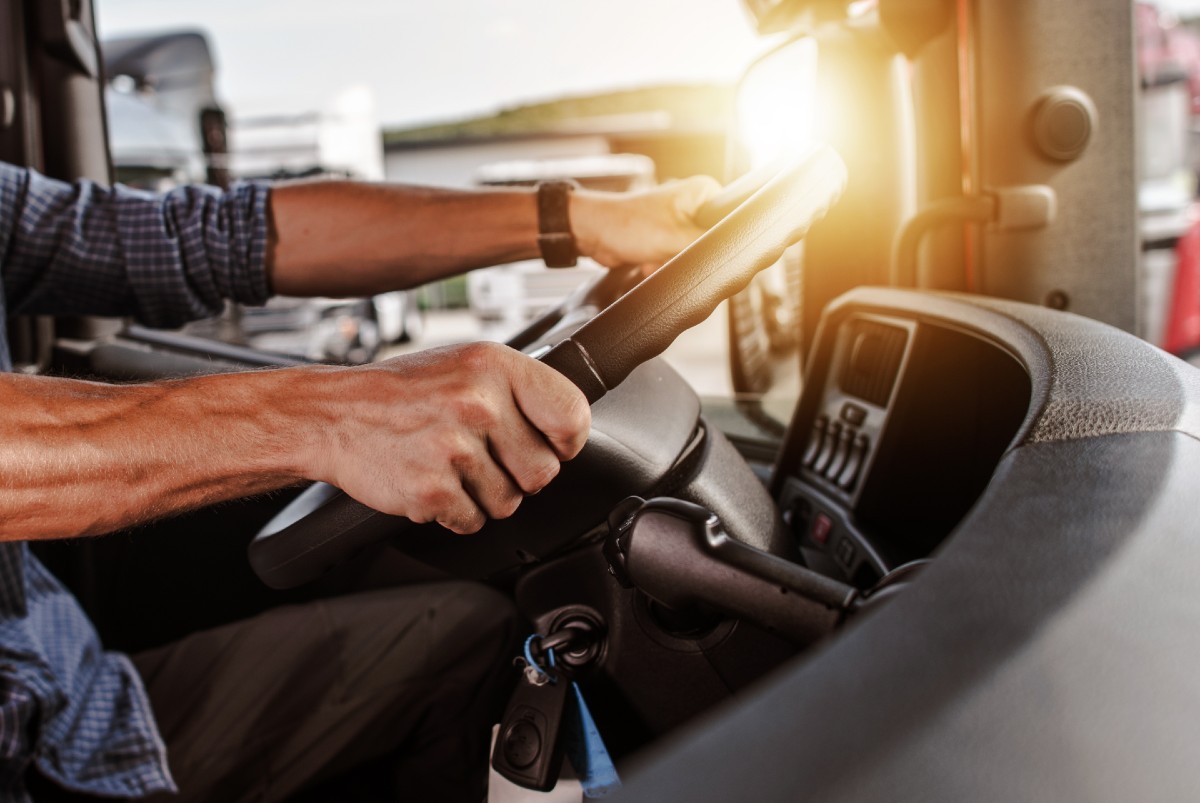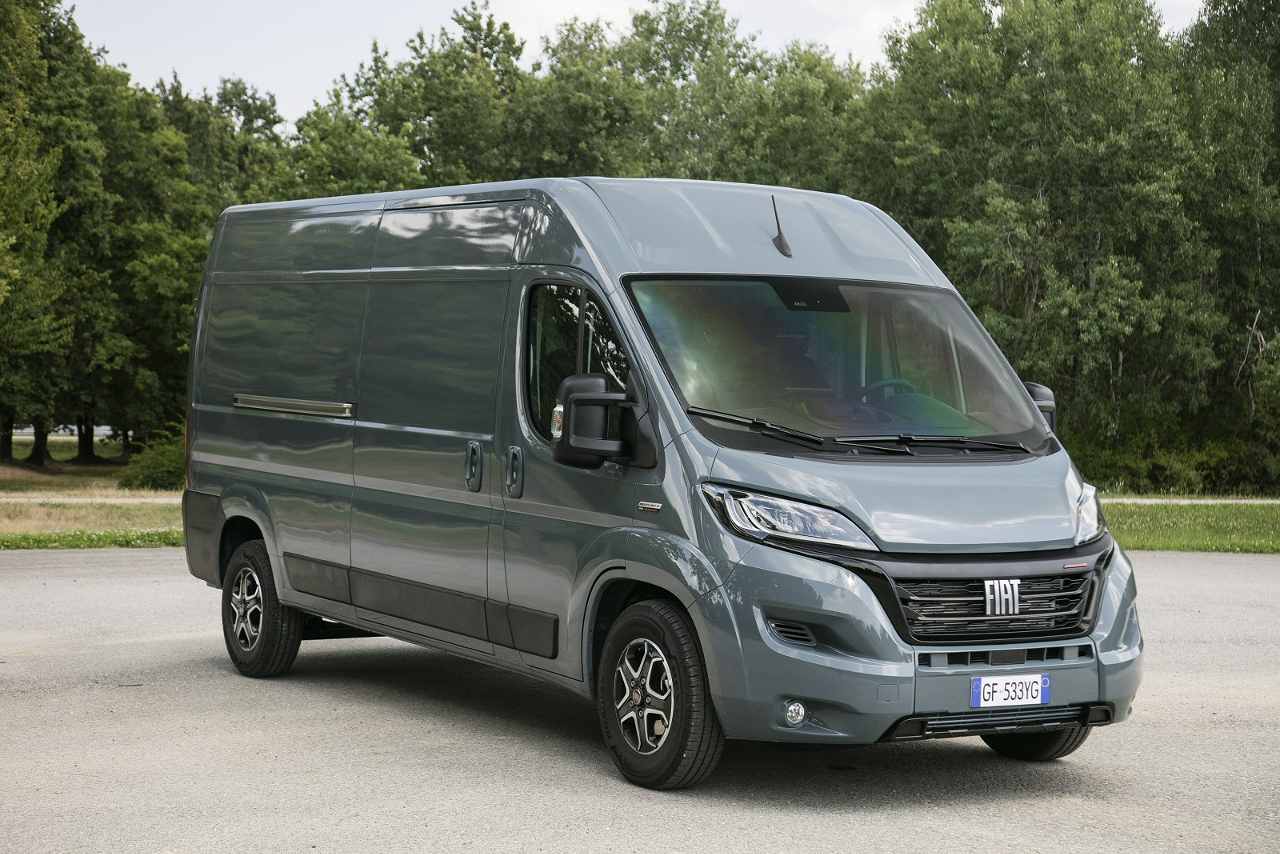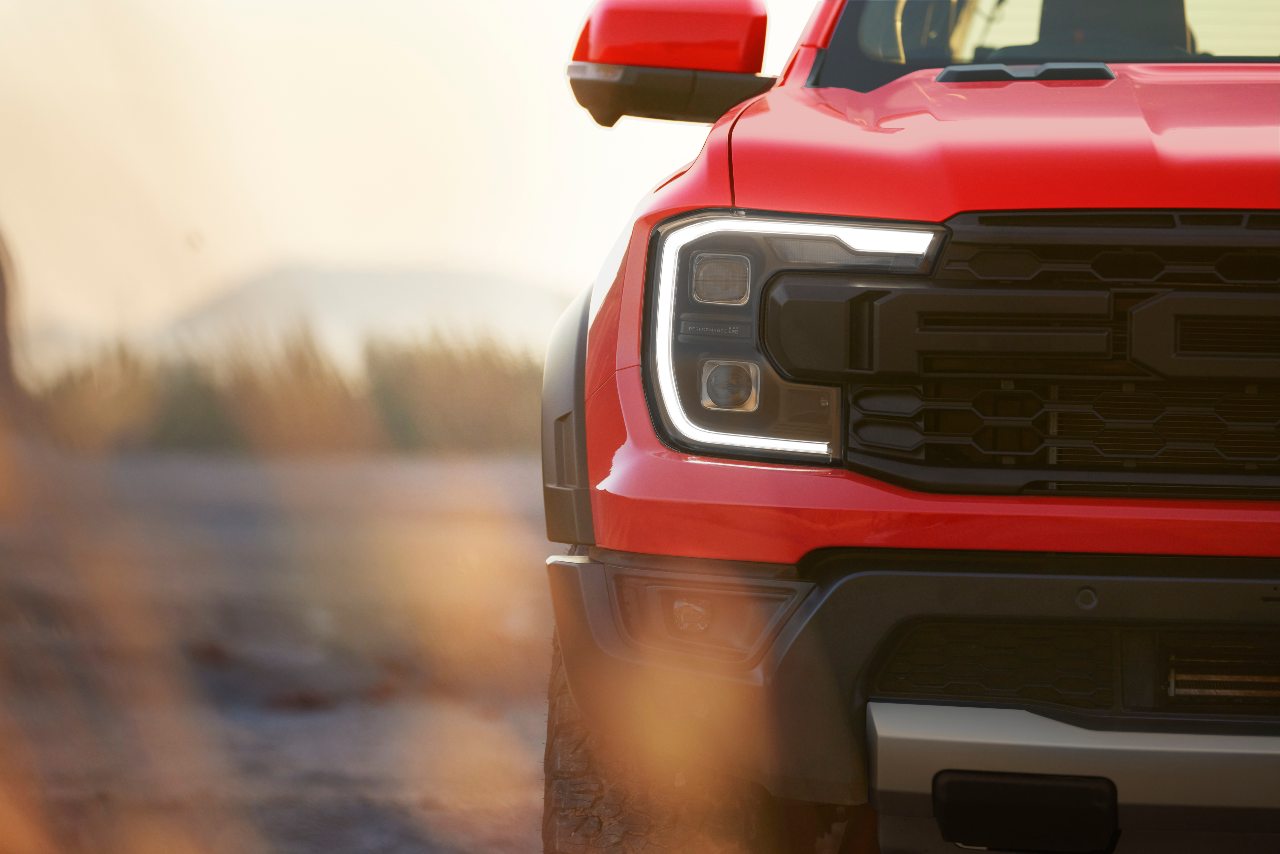When you drive a van for the first time it will feel odd - it's big, it looks unwieldy and it's a lot of vehicle to be responsible for - but modern vans drive like cars. From the largest to the smallest vans, manufacturers have made massive strides in making the interiors of vans more like a car's and the drive quality has matched this. Here's Vanarama's Van Expert Tom Roberts with his top tips for first time van drivers.
Is Driving A Van Hard?
Gone are the days when driving a van felt like carrying 20 boxes while trying to run round a tight corner!
From a purely practical point, whether your van is automatic or manual, the physical act of driving a van is no different to driving a car - e.g. the pedals, gear stick and steering wheel are all in the same place.
However, there are some things you need to be aware of when driving a van and that primarily comes down to the size of the van you're driving. Simply put, if you're driving a larger van you're going to have to find bigger parking spaces and take corners a bit slower and wider. If you're driving a smaller van, it's likely to be a similar size to a car anyway, so you'll feel right at home.
Cabin Comfort: Seat & Mirror Adjustments
When you first get into a van, sitting in the driving seat might feel different because a van's driving position is usually higher than a car's. Also, most vans don't have a rear view mirror and compensate for that with much larger door mirrors to give you a better view of the road.
A lot of vans have 4-8-way adjustable driving seats with rake, reach and height adjustment as standard – take some time to get your seat in the right position before setting up your mirrors.
You'll also notice how car-like the interior of a modern van is nowadays. Manufacturers have invested a lot of time and money to raise the standard of interiors. It helps that a lot of major car manufacturers also make vans because they use all their experience of making comfortable cars to make increasingly comfy light commercial vehicles.
Get To Know Your Vehicle Controls
The sheer amount of gadgets and gizmos you can have in your van means that getting familiar with them all is vital. Modern steering wheels are covered in controls, then you have your stalks, infotainment screens, climate controls and more.
To drive any vehicle safely - not just a van - requires being able to operate it correctly, so make sure you understand what each control, switch or lever does before you set off on a long drive.
Here's a scary fact: looking for your light controls while driving could mean taking your eyes off the road. Even if it's just for a few seconds - at 30mph you're covering about 45 feet per second, which means that in only 2 seconds you'll have moved the equivalent of two buses! That's a lot of distance for a lot of things to go wrong, maybe even for you to miss something or someone moving into the road.
Know Your Height & Width
There's a lot of choice in vans – beyond the trim level and amount of cupholders – and nowhere is that more obvious than in their sizes. Depending on what size van you choose to drive, chances are it will have different dimensions to your car, so get to know them.
-
Find out what the dimensions of the van are so you can understand how much room you'll need on the roads.
-
Establish whether the van you're driving is a standard or long wheelbase version. A standard length van will have the same wheel spacing as a car (probably), while a long wheelbase version will have more distance between the wheels.
-
Find out exactly how tall the van you're driving is. Will it get into a car park that has a height restriction? Well, unless you know how high your van is then you'll be taking a risk trying to squeeze it in.
-
Find out exactly how wide your van is. The last thing you want to do is find a parking space and then realise there's no way your van will get into it.
By knowing the dimensions of your van, you'll avoid a lot of stressful situations and potential damage to your vehicle.
Watch Your Speed
I always say that driving a van is something to enjoy, so I'm always happy and calm when I'm doing it – and being happy and calm makes me a much better driver. Rushing never gets you anywhere faster and will probably mean you've broken the speed limit putting yourself and other drivers at risk of injury.
This brings me to one of the most important things to remember when driving a van: check the speed limit. Vans and other light commercial vehicles must adhere to different speed limits than cars, which means it's worth knowing what they are.
-
On single carriageway roads a national speed limit sign means 50mph for a van.
-
On a dual carriageway with a national speed limit sign it's 60.
Both of those limits are 10mph slower than for cars, so make that your rule of thumb! Steady speed wins.
Consider Visibility & Blind Spots
Working out where your blind spots and assessing the level of visibility your new van offers is one of the first things you should do. As I've noted, vans don't usually have rear view mirrors (although a lot can be fitted with rear view cameras), so craning your neck to look over your shoulder and check your blind spot isn't possible.
The good news is that most vans deal with this problem by having large door mirrors mounted on each side of the vehicle with smaller blind spot mirrors integrated into them (some more advanced vans have electronic blind spot monitors which flash up alerts whenever something enters your blind spots). The top tips for this section are simple:
-
Make sure your door mirrors are set up according to your seat height and that you can see into the blind spots around the vehicle.
-
Get someone to walk around your new van while you are sitting behind the wheel. Check when you can and can't see them, so you understand where your blind spots actually are, and adjust your mirrors to suit.
Take Extra Care Parking
This is the task most new van drivers will be dreading, and while it's true that parking a van requires a bit more awareness than parking a car, using these tips has never steered me wrong (pardon the pun).
-
Reverse park, if you can, but make sure the space you're reversing into is clear.
-
Driver aids such as parking sensors and reverse parking cameras can make this even easier, but you could always ask for help from your passenger or a passer-by.
-
Take it slow, don't rush.
-
Check your mirrors on each side, maybe hop out to check your space if you need to.
And that's it. Finally, don't stress if you accidentally hit a barrier or another vehicle. If you're following these tips, you're already going slowly so you probably won't do too much damage (if any).
Finding a space to park with a van can also be tricky, take a look at a recent Vanarama study on the UK's Commerical Parking Crisis for more information.
Get The Right Insurance Coverage
If you've chosen to drive a new van, it's a good bet you're now looking for van insurance and have discovered it is more expensive than car insurance. This is because vans usually have bigger engines and often carry more valuable cargo – e.g. tools and materials.
The average van insurance premium in 2019 was £1,698.79, according to Confused.com, but my advice is not to cheap out on lower levels of cover for the sake of a few quid – get your van the right level of cover for the job you need it to do.
-
Always go fully-comp. It's peace of mind to know you're covered for every eventuality.
-
Get bolt-on insurance products. If you carry tools, ask for a bolt-on to your insurance policy that covers them. If you want to protect your phone, tablet or other gadgets you carry, ask for a bolt-on that covers them in the workplace too. There are a lot of bolt-ons to choose from and they're often quite competitively priced.
-
Shop around, shop early. Confused.com worked out that if you buy your van insurance 22 days out from the day you need your insurance to start, you're likely to pay (on average) £522 less than if you left it to the last minute!?
-
Increase your voluntary excess. The more you offer to pay in the event of needing to make a claim, the lower your premium will be – although the trade off is obvious here.
These tips should get you on the right track for finding van insurance, but don't forget that Vanarama does offer insurance products specifically made for leasing – including our Fixed Insurance policy which fixes your annual premium cost for the entire duration of your lease. Worth checking out if you want to save more money year-on-year…
Driving Loaded vs Driving Unloaded
There's some big differences in driving feel when a van is fully loaded, but this is what the vehicle is designed to do. It's made to be loaded to its full weight capacity and still drive safely & comfortably.
A van's suspension is designed to stiffen up under load while still allowing the van to traverse building sites, bumpy roads, etc. You'll notice the van feels more sturdy and secure on the road when fully loaded - conversely, you'll also notice some wobbling when you drive a van that isn't loaded.
The best advice I can give is as follows:
-
When driving an unloaded van, be aware that your suspension will be springier. Don't take corners too fast because if you're in a bigger, taller van it might topple.
-
When driving a loaded van, your suspension is stiffer. Avoid potholes and damaged road surfaces because you will hit them harder and could damage your wheels.
A laden van is a happy van, an unloaded van will still drive but just watch out for those wobbles around corners!
Load Your Van Carefully
Your new van needs love too. Okay, it doesn't, but you need to be careful when loading it. After all, weight distribution is key when driving and loading a light commercial vehicle. Here are my rules:
-
Tie things down. If your load can move around, the chances are it will damage other things you're carrying – shifting weights can also destabilise your van making it rock and increasing the likelihood it might tip over.
-
Heavy items go on the bottom. The weight won't go anywhere and will help keep the vehicle planted to the road.
-
Brake appropriately. On a light commercial vehicle, brakes are usually designed for the vehicle to brake safely when fully laden. If your vehicle is empty, the brakes might feel too hard and judder when bringing you to a sharp stop.
-
When carrying dangerous goods (e.g. corrosive chemicals) you must display the right sticker on the outside of the vehicle.
Follow those simple rules and you'll not only find the vehicle to be more responsive while you drive, you'll also lower the risk of damaging the interior.
Don't forget to check out our latest van leasing deals where you'll find everything from large transits to compact city vans or enoy more of our expert reviews and insights in the Vanarama blog.







